June 7, 2024
Hey everyone, it’s Martha! So today has been a journey for sure but we all made it to Rotterdam with only a few scratches!
This morning started a little rough. After breakfast, we began our bike trek with my tire leaking air, but thankfully we had our resident mechanic Lukas on the trip to patch up the hole. Next, we witnessed a bit of a traumatizing fall from a local biker, but thankfully we used some of our med kit to help her out and were grateful she was eventually ok and none of us got hurt. Following the fall, Leo’s bike got a completely flat tire. But our resident mechanic advised us to pump the tire like a 14 year old high-school boy.
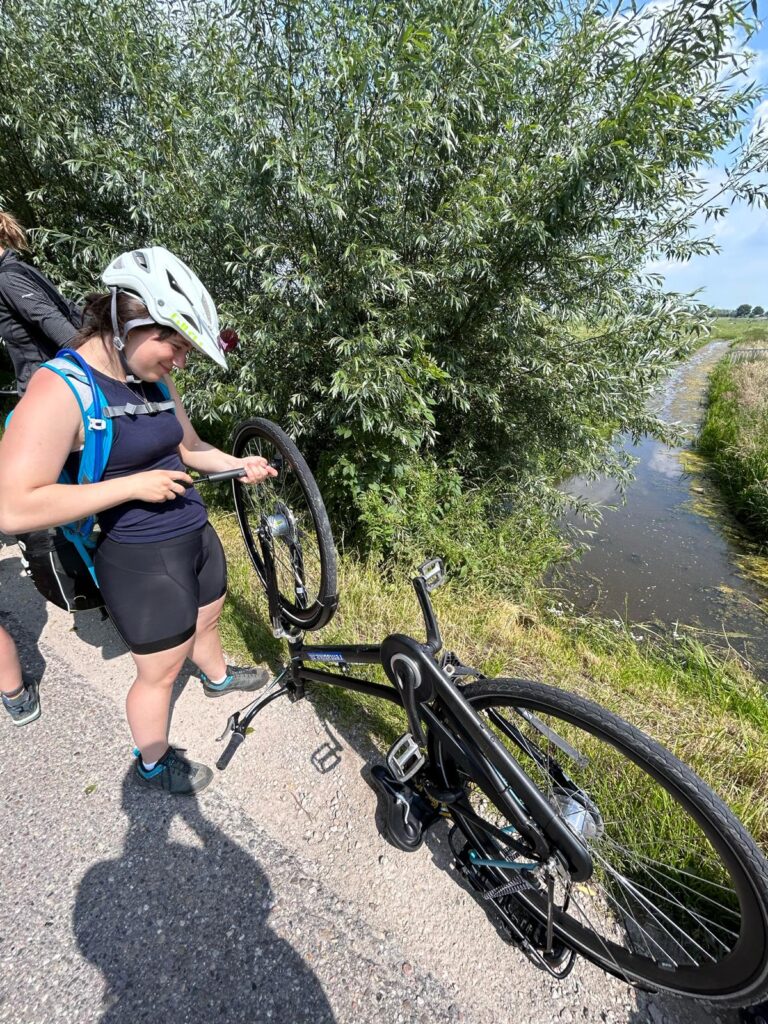
Eventually, we made it to Kinderdijk. Kinderdijk windmills were built in the 1700s to pump water in an effort to keep nearby low lying land of Alblasserwaard dry. These windmills also housed families, which was really cool to see how the Dutch utilized the space. Given previously discussed events, we were an hour and a half late and had to leave quickly to make our afternoon tour, so we did not get to fully experience and learn about the Kinderdijk as much as planned. However, we ate well deserved treats consisting of homemade Belgian waffles with chocolate and various toppings while gazing over at the 19 beautiful windmills. Those who biked back to Rotterdam were able to explore at the Kinderdijk for longer.
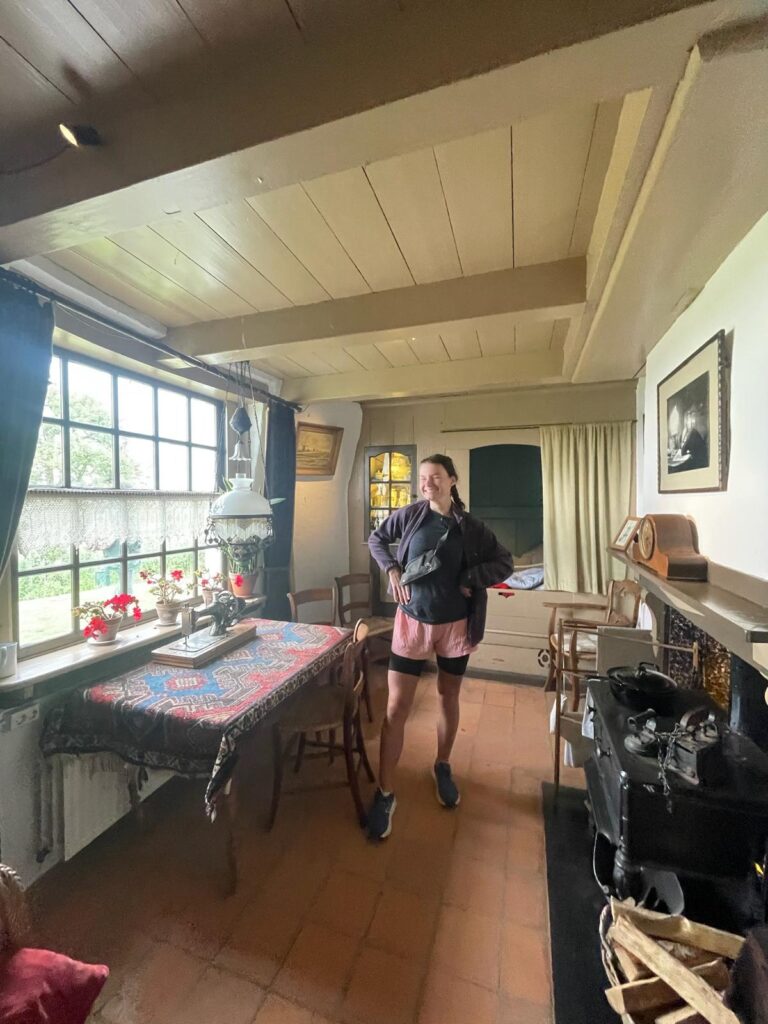
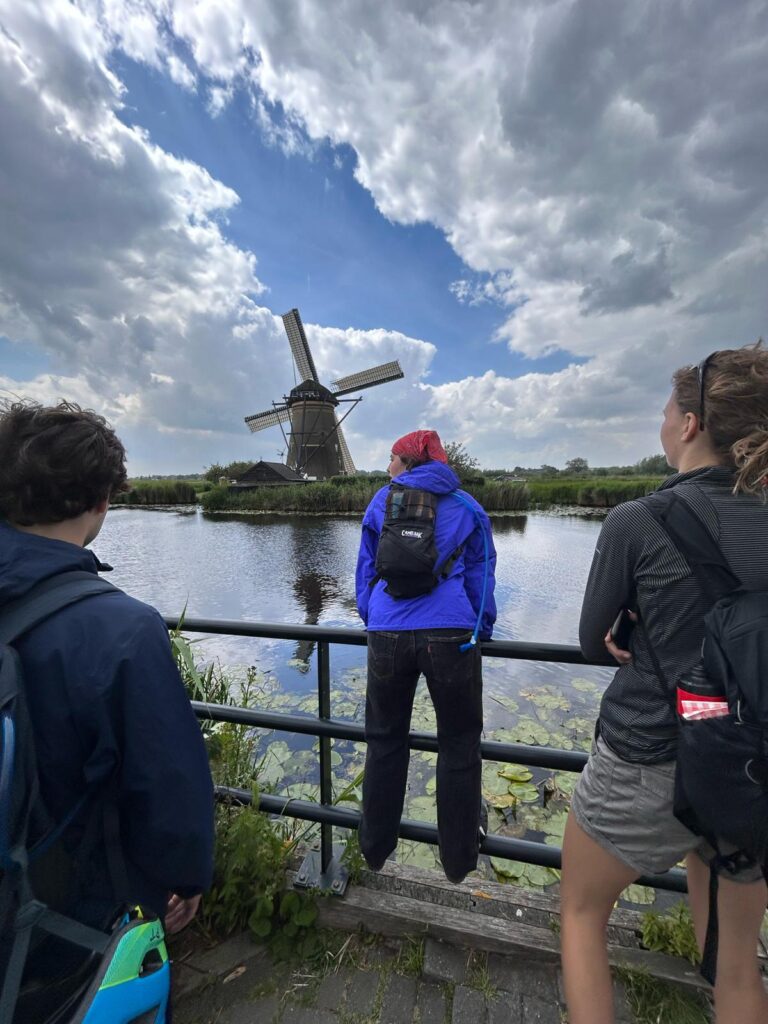
Then we were off to Rotterdam. Regarding our travels, we split up into groups with half of us taking our bikes and the other half taking a water bus. The bike route involved both a short ferry and some heavy lifting to maneuver the bikes around a gate blocking the bike path.
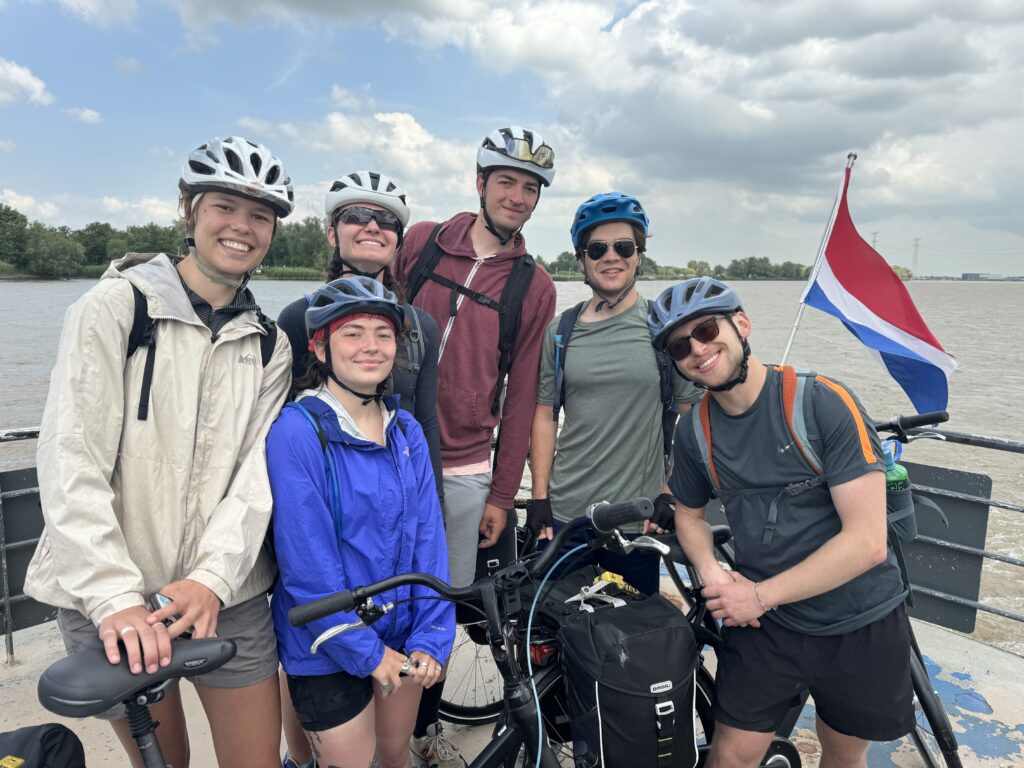
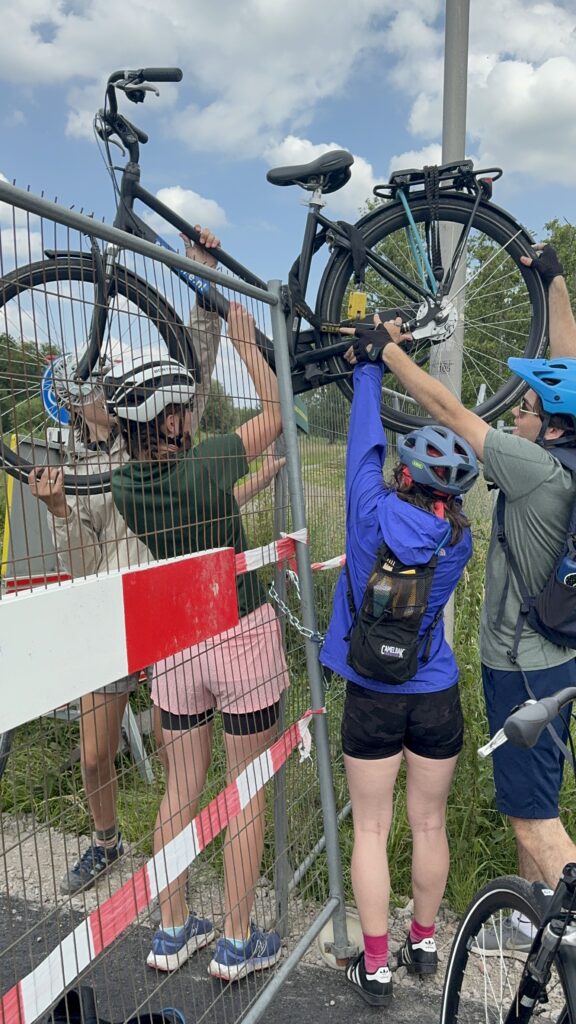
On the other hand, the water bus provided unique views of the city, but some of us were a little bit sleepy from our morning.
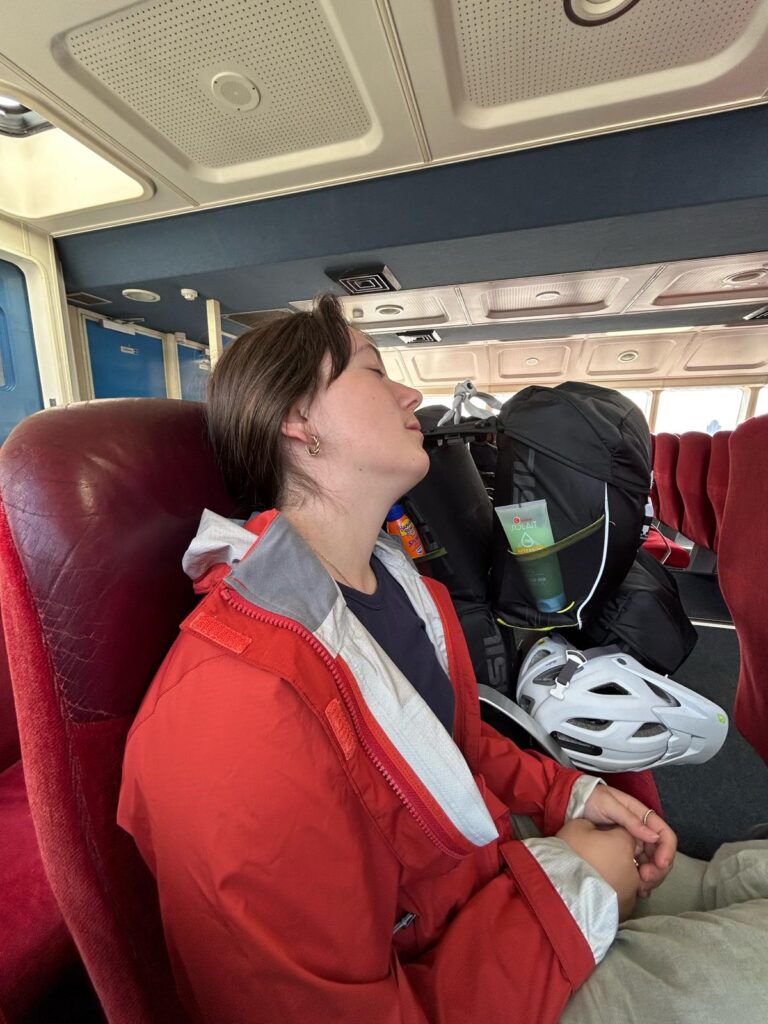
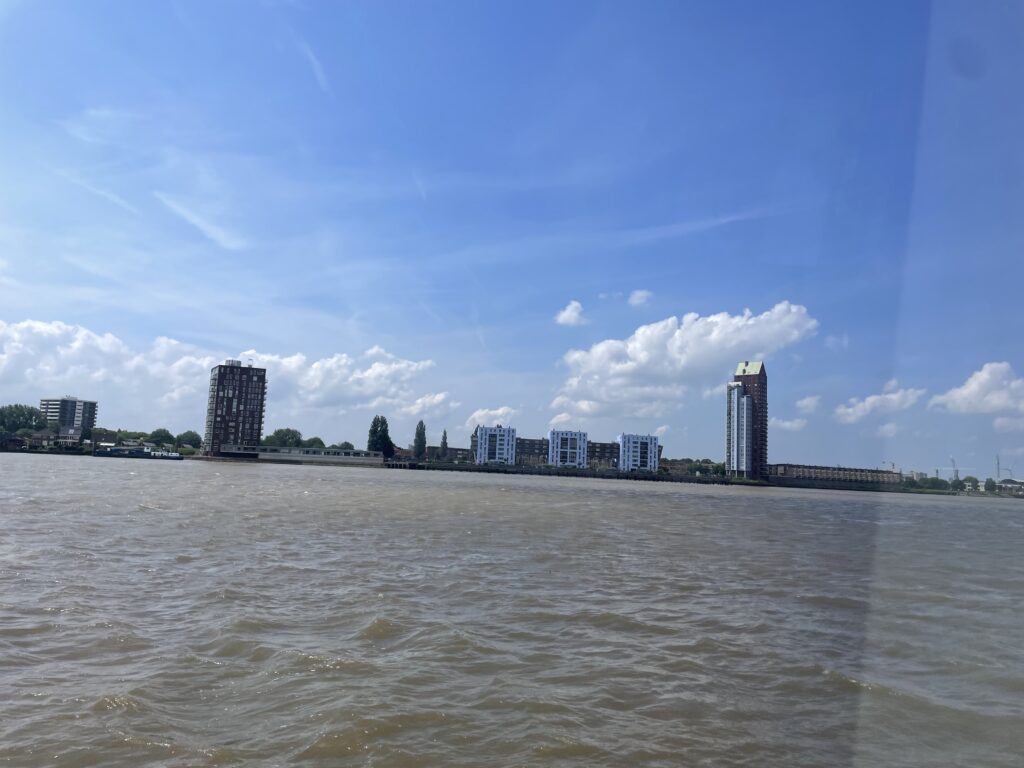
One of our last stops was Dakakkar, which entailed a lovely tour of a green roof given by Rob. From the tour, we learned about how the rooftop utilizes a substrate composed of lava rock, clay, and organic material with pathways and plants requiring different depths of substrate of 5 cm and 20 to 40 cm respectively. The building’s strength is emphasized on its sides, with a layered roof design featuring root-resistant and rainwater-containment layers, capable of holding up to 60,000 liters of water. Initially focusing on vegetable cultivation for local restaurants, the green roof shifted to growing edible flowers due to restaurant demand, which are maintained by a farmer. Additionally, native plants adorn the green roof, monitored regularly. Although excess water is directed to the street if not absorbed by plants, efforts to repurpose it for drinking water for the restaurant is in discussion. The green roof also hosts 50,000 bees, maintained by beekeepers and supported by an association providing replacements if needed. Five chickens contribute fertilization and pest control, fed with tiger worms. Other fauna, such as snails, are discouraged due to their plant-eating tendencies. Composting is integral, with a 7-year plan for crop rotation and soil fertility maintenance such as cover crops and fixed nitrogen, all without pesticides.
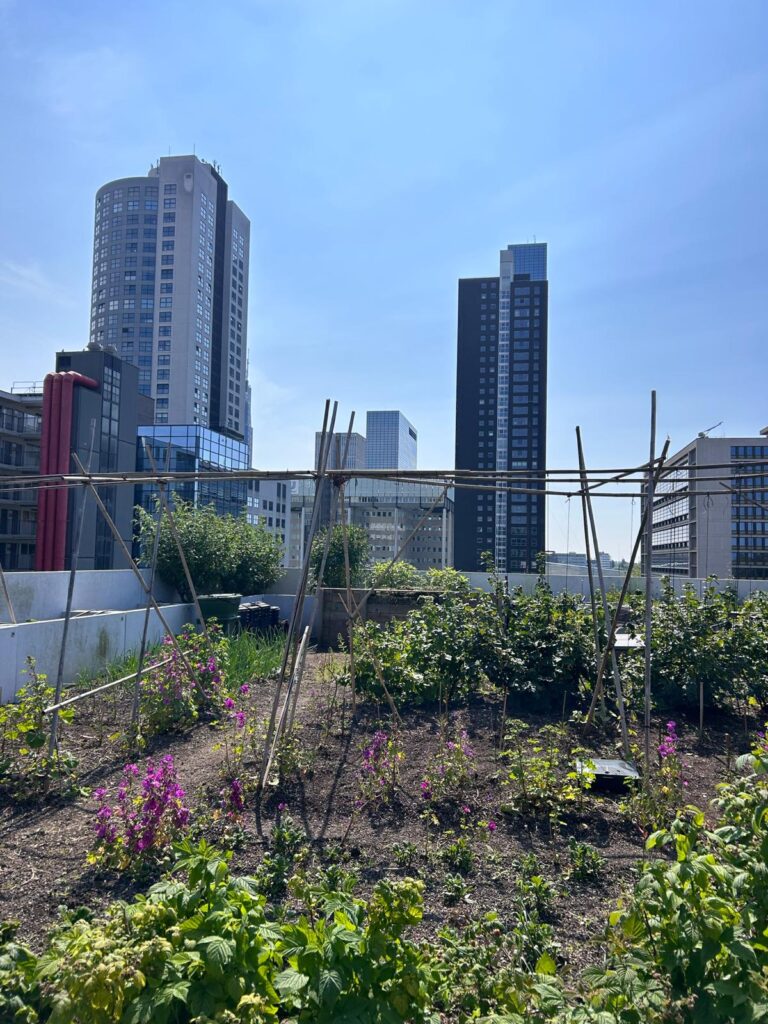
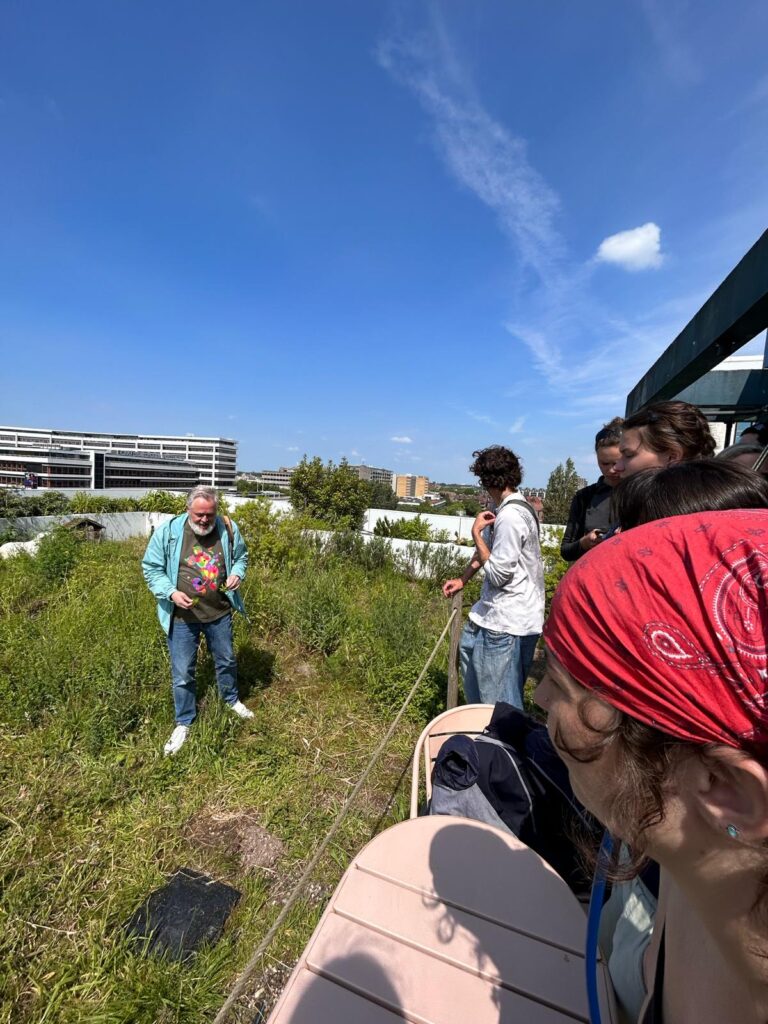
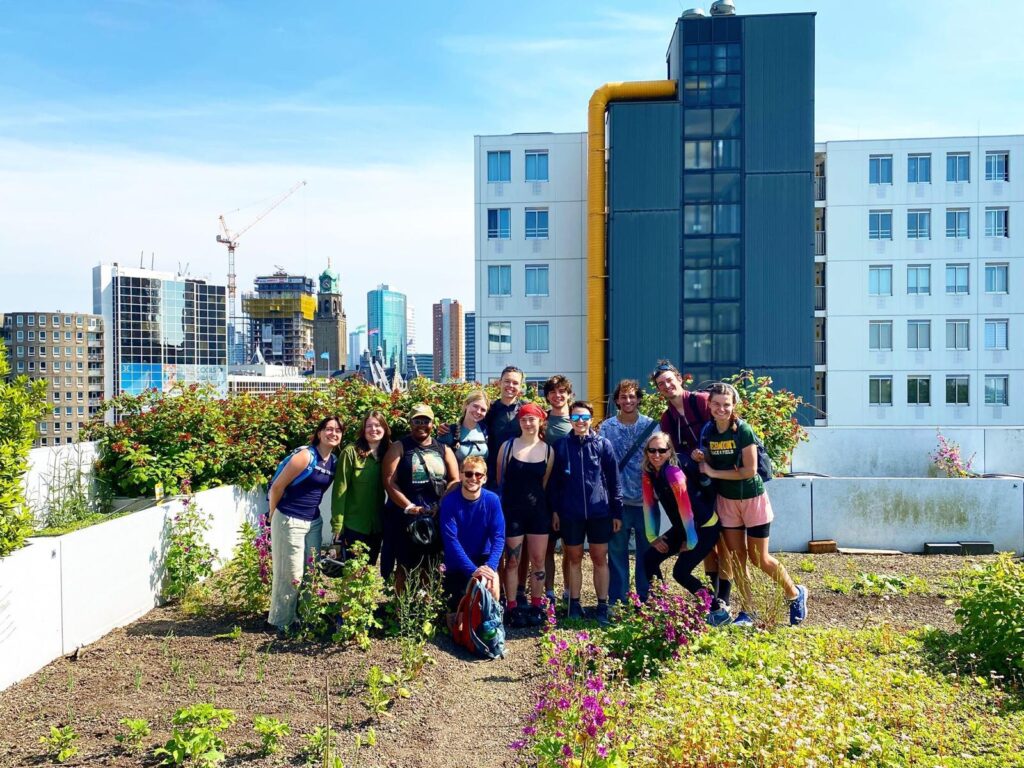
Carter got a flat tire (the third of the day and of the trip) on the way to the hostel after the green roof tour. He was close enough to push the bike to the hostel and take care of it there.
We ended our day at Istanbul Döner Kebab near our hostel and had good banter and ate yummy food. Although we had a rough start to the day, I’m so impressed by everyone for keeping a positive mindset and giving their best effort forward, and we are all hoping for a smoother day tomorrow!
